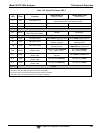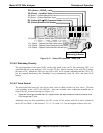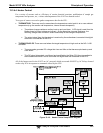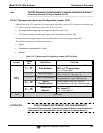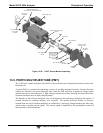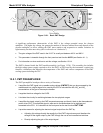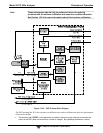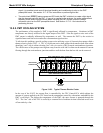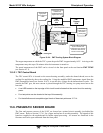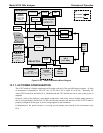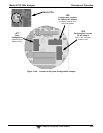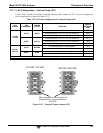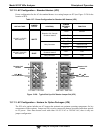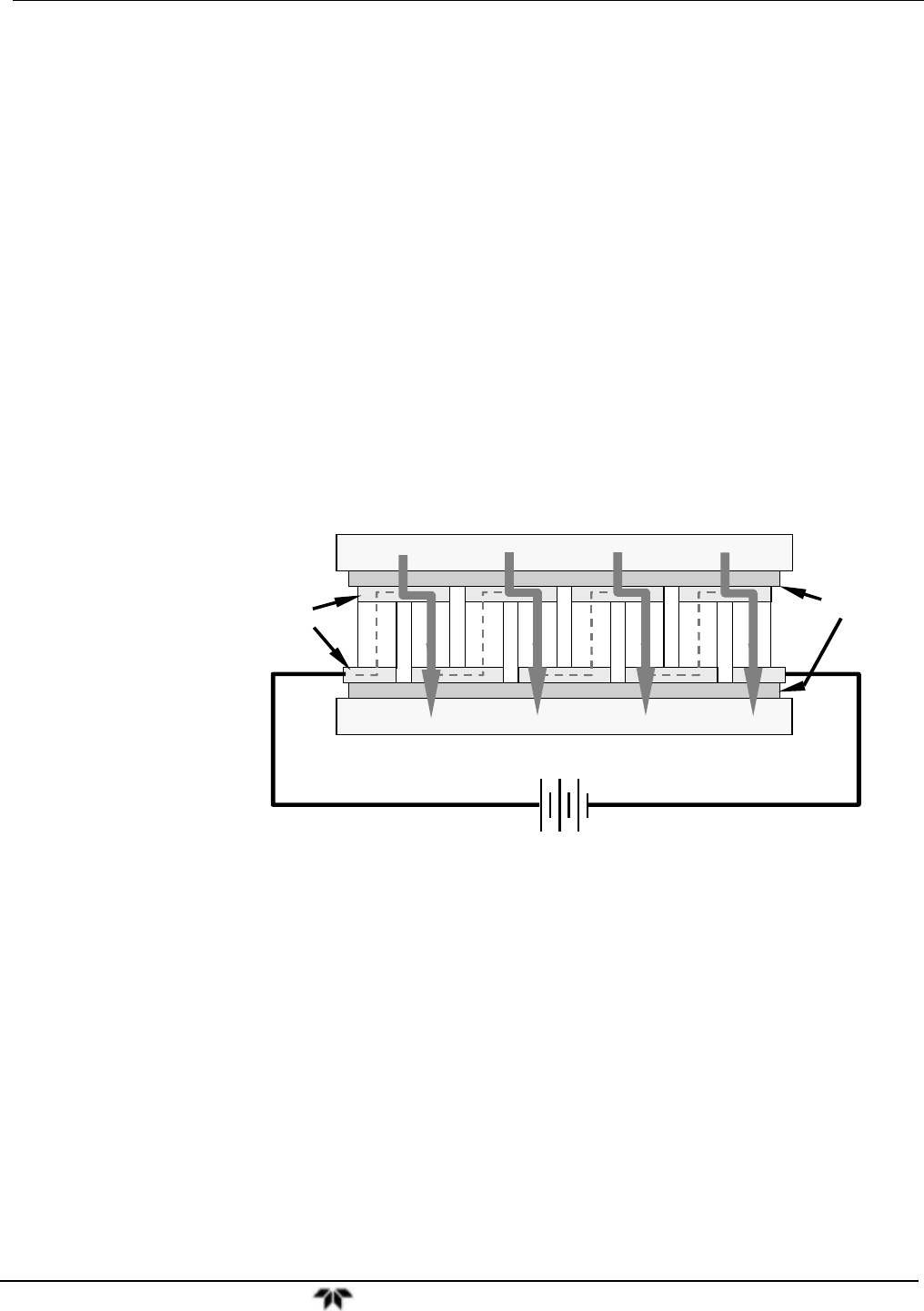
Model 9110T NOx Analyzer Principles of Operation
Teledyne Analytical Instruments 355
signal, it is possible to test most of the signal handling and conditioning circuitry on the PMT
preamplifier board. See section 12.7.12.2 for instructions on performing this test.
The optical test (OTEST) feature causes an LED inside the PMT cold block to create a light signal
that can be measured with the PMT. If zero air is supplied to the analyzer, the entire measurement
capability of the sensor module can be tested including the PMT and the current to voltage
conversion circuit on the PMT preamplifier board. See Section 12.7.12.1 for instructions on
performing this test.
13.5.2. PMT COOLING SYSTEM
The performance of the analyzer’s PMT is significantly affected by temperature. Variations in PMT
temperature are directly reflected in the signal output of the PMT. Also the signal to noise ratio of the
PMT output is radically influenced by temperature as well. The warmer the PMT is, the noisier its
signal becomes until the noise renders the concentration signal useless.
To alleviate this problem a special cooling system exists utilizing a type of electronic heat pump called a
thermo-electric cooler (TEC). A TEC is a solid-state active heat pump which transfers heat from a heat
absorbing “cool” side to a heat releasing “hot” side via a series of DC powered semiconductor junctions.
The effectiveness of the pump at moving heat away from the cold side is reliant on the amount of current
flowing through the semiconductor junctions and how well the heat from the hot side can be removed.
HEAT ABSORBING COLD JUNCTION
N
P
N
P
N
P
N P
HEAT RELEASING HOT JUNCTION
ELECTRICAL
INSULATOR
ELECTRICAL
CONDUCTOR
DC POWER
SOURCE
+
―
Figure 13-23: Typical Thermo-Electric Cooler
In the case of the 9110T, the current flow is controlled by the TEC Control PCA which adjusts the
amount of current applied to the TEC based on the temperature sensed by a thermistor embedded in the
PMT’s cold block. The higher the temperature of the PMT, the more current is pumped through the
TEC. The “hot” side of the TEC is cooled by a constant flow of ambient air that is directed across a set
of heat sinks by a fan.



